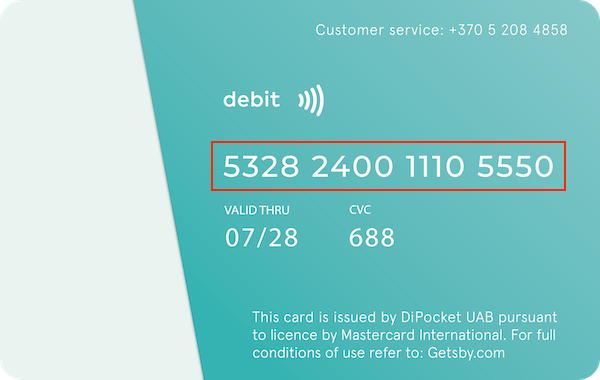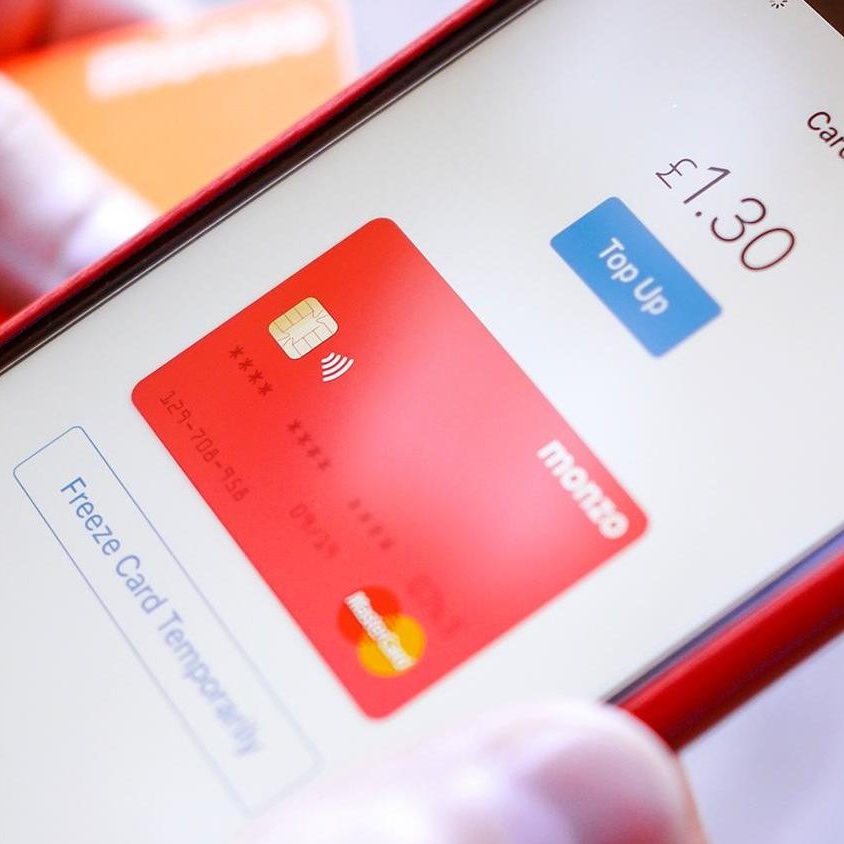
Whether it’s to make online purchases, withdraw money from an ATM, or use a card reader in a shop, we all use our credit and debit cards on a daily basis. However, despite our reliance on them, most people have no idea what the long number on the front of their card actually means.
The card number – sometimes called the Primary Account Number (PAN) – is not, as some think, a randomly generated code that is unique to your card. While there are elements of the number that are uniquely ascribed to you and your account, the card number also carries detailed information on what type of card it is and the organisation it was issued by.
So what do the numbers and codes on your credit, debit, or virtual cards mean? And how are they generated?
We are going to help you to understand all the digits on your card as we take you through a guide to credit and debit card numbers.
What do the numbers on credit and debit cards mean?
Depending on the card issuer, the long number on your credit or debit card can be found on the front or back of the card. In rare cases, it may not be displayed on our card at all, instead visible only in the banking app or website. The long number indicates the industry your card is from, the issuing organisation, your personal identification number, and then a final digit that verifies the number for algorithmic purposes.
So let’s jump in and find out more about how long different card numbers are.
How long are credit and debit card numbers?
Your card number can be anywhere from 8 to 19 digits long. Visa, MasterCard, and Discover cards typically have 16 digits, while American Express cards have 15 digits. Maestro cards range from 12 to 19 digits.
16-digit card numbers are the most frequent.
What is the Major Industry Identifier?
The Major Industry Identifier (MII) is the first digit of your card number. It tells you which industry or brand produced the card.
- 1 and 2 represent airlines.
- 3 is for cards issued by travel and entertainment companies. American Express credit cards fall into this category.
- 4 are Visa cards.
- 5 are MasterCards.
- 6 is for cards that are usually issued by American companies in the merchandising sector.
- 7 is for cards that are issued by companies in the petroleum industry.
- 8 is for cards that are issued by companies in the telecommunications industry.
- 9 is for cards that are issued by national government organisations.
You can also normally find the MII by looking for the payment network logo on either the front or the back of the card – e.g. Visa, MasterCard, Maestro, etc.
What is the Bank Identification Number?
The Bank Identification Number (BIN) includes the MII and is comprised of the first six digits of your card. These six digits specify the debit or credit card issuers, which is the institution that issued your card to you.
For example, a card beginning with 3 tells you that the card is issued by a travel and entertainment company, but the next five digits that follow the 3 will specify that it was issued by American Express.
You can also check your debit or credit card issuer by viewing the logo on the front of the card – e.g. NatWest, Lloyds, etc.
What is the user identification number?
The user identification number is, on most 16-digit cards, digits 7 to 15, though some cards have much shorter user IDs than others.
This number identifies you as the cardholder and your account. The user identification number is not based on anything related to your personal information and is simply allocated by the issuer as a unique number.
What is the check digit?
The final digit that follows the user identification number is known as the check digit.
The check digit is used for verification purposes. So when your card number is run through an algorithm, the check digit is the final component of the verification code that ensures the card is properly sequenced.
Valid From and Expiry Date
The Valid From and Expiry Date (or Expiration Date) are exactly what they sound like. They specify when the card was issued and when it will be valid until.
When you make online transactions or purchases over the phone, you may be asked to provide either the Expiry Date or both the Expiry Date and the Valid From date.
When your card is due to expire, your bank should contact you and arrange to send you a new one.
Read our in-depth guide to credit and debit card expiry dates to find out more.
What is the CVV number?
When you make purchases online or over the phone you will always be asked for your Card Verification Value Number (CVV), also known as the Card Verification Code (CVC), or the Card Security Code (CSC).
The CVV number is typically located on the back of your card and is used to add an extra layer of security. However, these days more and more card providers are issuing dynamic CVV numbers.
This means that the CVV number is not printed on the card itself, but is instead found on the banking app or website. As such, the number is regenerated either on-demand or periodically, e.g. every 24 hours, ensuring your card is as secure as possible.
On credit and debit cards issued by MasterCard, Visa, or Discover, the CVV is a three-digit code. American Express cards use 4-digit CVVs.
Sometimes the CVV is preceded by a four-digit code, but on newer cards, there is only the CVV by the signature strip.
How do you know if your card number is valid?
Every valid debit and credit card number can be entered into an equation that should ultimately be divisible by 10. This formula was created in the 1950s and is now public knowledge.
The formula is as follows:
- Starting at the first digit of the card number, double every second number – so the 1st, 3rd, 5th, etc.
- Any double-digit answers you arrive at should then be split into individual values. So 18 would become 1 and 8.
- Now add up all of the digits you have from doubling those numbers and splitting the two-digit numbers.
- Next, you add up all the digits that weren’t doubled originally – so the 2nd, 4th, 6th, etc. Do not include the final check digit.
- Now add your two answers from step three and step four together.
- The total you arrive at should be divisible by 10. If it is, your card is valid.



